I graduated from law school in 2005, and after working three years in Chicago, Sarah and I quit our jobs, got married, and moved to Bozeman in 2008.
Soon enough, I landed a position at the Natural Resources Defense Council (NRDC), doing non-litigation policy and advocacy work.
It was a dream job for me, advocating on behalf of wildlife and wild places. That grizzly bear on my old bulletin board was no doubt smiling.
The primary issue I dealt with focused on the management of wild bison. The more I learned about bison, the more I fell in love with the species.
I spent a decade at NRDC. It was a great job, and I worked with a lot of wonderful people, both internally and externally. But something was missing.
Altruism aside, I had an office job doing policy work. It lacked control. It lacked tangibility. You couldn’t touch it or feel it. It took 13 years of doing it for me to realize that sitting in an office was simply not for me.
In my free time, I gravitated towards tangible activities. I hunted, I gardened, I cut firewood. I sweat, I felt my muscles work. I physically enjoyed the fruits of my labor. And I craved something similar in my work life.
I’d had an entrepreneurial itch for some time, and my dream was to find something tangible, conservation-based, and land-based. More and more, I questioned the non-profit environmental world, and the more I questioned it, the more shortcomings and flaws I saw.
At the same time, I found myself more and more interested in business. Businesses have big impacts. They make the world go round. I decided that I could make more of a positive impact in the business world. Even if it were a microscopic impact, it would be tangible and it would be real.
Specifically, I thought about businesses that are essential to our life, things we cannot live without—and I kept coming back to food. Think about it. If you’re among the fortunate, you get to eat three meals a day. Factor that out across billions of people on the planet, and you realize pretty quickly that producing food has massive environmental and social impacts.
And then one day in 2017, I read an article about bison-ranching. It grabbed my attention, but I didn’t take it too seriously. Again, I’m a kid from suburban Chicago. But many weeks later, I was still thinking about bison-ranching. At some point that fall, I read Buffalo for the Broken Heart by Dan O’Brien, and the fuse was lit.
I attended a Holistic Management workshop in Wisconsin, worked with a ranching consultant, and put a business plan together. I was excited, and it felt fulfilling to be working on this crazy dream.
Land was the toughest part of the equation. We searched and searched and couldn’t find anything that would work for us. But I kept looking, and we eventually found a needle-in-the-haystack property in the Shields Valley on the east side of the North Bridger Mountains.
It’s the only property we looked at in person. We fell hard for it, and we got it under contract in early June 2018. We closed that fall and almost immediately started working with a fencing contractor. My last day at NRDC was in December, and the bison arrived in January 2019. It’s been a wild-ass ride ever since, and I love it.
This ranch has challenged me and pushed me like nothing else in my life. We’ve made lots of mistakes. I burned a truck to the ground, and I horribly dislocated and broke my ankle. I could go on and on with humbling tales of struggle and challenge.
But here we are, raising bison, field-harvesting them with our own hands, and providing food. When I step back and think about it, we’ve delivered thousands of pounds of delicious, healthy, regenerative, wildlife-friendly, bird-friendly, land-friendly food to hundreds of people across the country.
It’s tangible. It’s real.







 MORE FROM BOMB SNOW
MORE FROM BOMB SNOW




